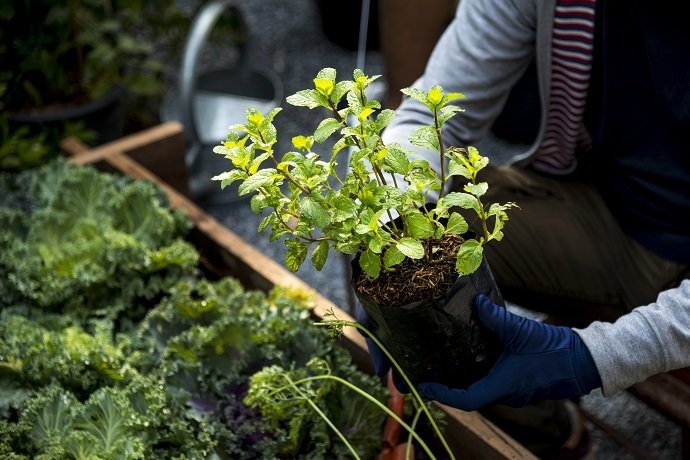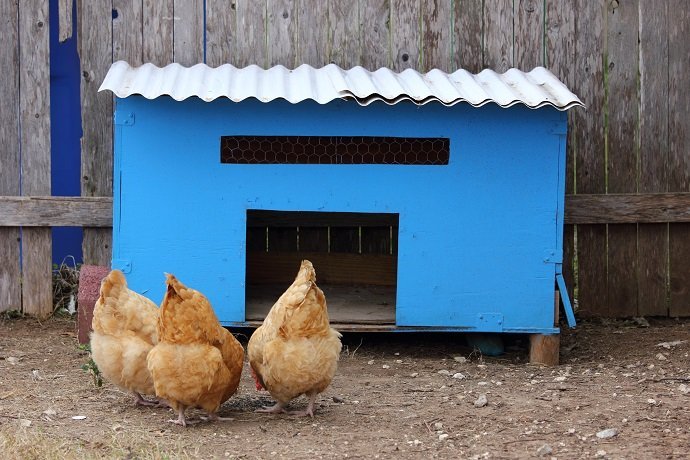
There are many things you can do around the house to be more self-reliant. This is a list of just a few of them, that will help achieve that homesteading lifestyle.
Grow Your Own Garden

Growing and caring for your own garden at home is a simple and fun hobby, delicious too! There’s nothing better than a freshly grown vegetable. There are a few different methods of gardening available, such as the single row method, square foot method, and even vertical gardens. But for the sake of time, this will only cover the square foot method.
This method is used for planting seeds in a specific way, in a raised box garden bed. You begin first by figuring out how much space your particular plant needs, and build a preferably non-treated wooden box to those specifications. To prevent weeds growing in your garden, lay down a landscape fabric or possibly a weed mat before placing your box down. The best size is 4×4, but don’t be afraid to be creative and use a different size.
A square foot garden has numerous benefits, for example, you can change the size of the boxes to suit the needs of each individual plant, it uses space efficiently and you can constantly adjust spacing needs. It also prevents accidents, such as pets digging up plants or walking over the garden and compacting the soil.
Build a Back Yard Chicken Coop

Before you rush out and buy your chicks, you’re going to have to figure out the size of the coop. There are plenty of options for space efficient chicken coops, and even options for those living in the city. Don’t feel like space is a barrier to entry. You will need at least 2 square feet of floor space per chicken, and one next box per 3 hens, which should be about a foot square each. Don’t forget the floor and the door in your plans! Do a little research on the space requirements for your desired birds.
It’s helpful to mark the ground where you plan to build, to see if your measurements add up and to take into account the coop’s potential sun exposure, nearby buildings or structures and fences. Ventilation is crucial to your coop’s design, be sure to include vents around the ceiling. It is far more important than insulation. If you’d like to make it extra comfortable for them, add some 2-inch dowels across the upper half of the coop. It will allow your chickens to roost off the ground.
There are plenty of benefits to this, but the number one is eggs, a hen lays a single egg per day with or without the presence of a rooster. With enough chickens, you will be fully stocked for breakfast and baking needs.
Roughneck Rain Barrel
This is a DIY rainwater collection system that is so simple, anyone can do it. It only requires the most basic modifications depending on your gutters and downspouts.
You simply get a rubber trashcan, a window screen, a faucet and a knife or scissors. You cut a hole towards the bottom of the can and attach your faucet, place your screen over the top and put down your lid. From there you simply place the trash can under a gutter and let it fill up.
This rainwater has many uses, such as drinking and cooking, flushing toilets and watering your garden.
Keep a Beehive

Keeping bees has plenty of benefits, but the most important is a versatile food source: honey. Honey has lots of health benefits, it even helps people with allergies to pollen. The theory states that when ingesting small amounts of honey, one can build up an immunity to the allergen. However, this is not the only use honey has. It is anti-bacterial, anti-microbial, anti-inflammatory and can even be used to treat burns.
Royal jelly has all of these properties, but with the added benefits of nutrients including, but not limited to: fatty and amino acids, vitamin complexes, and enzymes.












